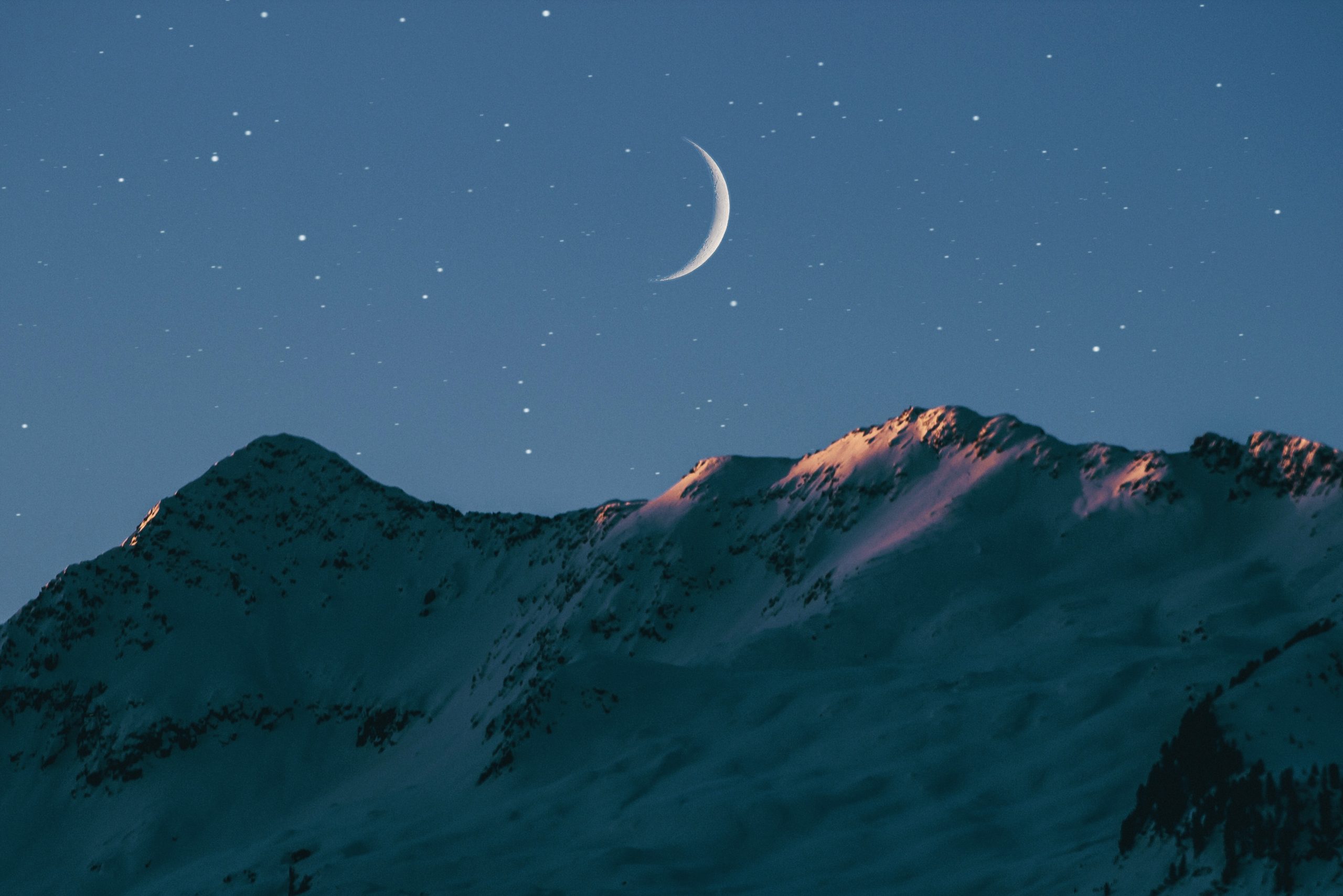Mayan Religion and Beliefs
The ancient Mayan civilization, known for its incredible architecture, advanced mathematics, and astronomical observations, also had a rich and complex religious system. The Mayans believed in a multitude of deities and spirits, which played a significant role in every aspect of their lives. In this blog post, we will delve into the fascinating world of Mayan religion and explore their unique beliefs and practices.
The Mayan Pantheon
The Mayan pantheon consisted of a diverse array of gods and goddesses that oversaw various aspects of life and nature. These deities embodied natural forces, celestial bodies, animals, and abstract concepts. Here are some of the prominent gods and goddesses in the Mayan religion:
- Hunab Ku – Considered the supreme god and the creator of both humans and the universe.
- Itzamná – The god of creation, wisdom, and knowledge.
- Chac – The rain god who controlled agricultural fertility.
- Ixchel – The goddess of fertility, childbirth, and weaving.
- Ah Puch – The god of death and the underworld.
- Kukulkan – Also known as Quetzalcoatl, the feathered serpent god associated with wisdom, wind, and rain.
The Mayans believed that these deities could influence the course of events and bring prosperity or calamity to their civilization. Their rituals and offerings aimed to appease the gods in order to maintain harmony and balance.
Rituals and Offerings
Rituals were an integral part of Mayan religious life. They often took place in ceremonial centers, pyramids, and temples, which served as sacred spaces to connect with the divine. Here are some of the important rituals and offerings performed by the Mayans:
- Human Sacrifice: The most striking aspect of Mayan rituals was the practice of human sacrifice. The Mayans believed that sacrificing human lives would please the gods and ensure the continuity of the world. Common sacrificial methods included heart extraction, decapitation, and drowning. Sacrifices were often prisoners of war, but sometimes even members of their own society volunteered for this honored duty.
- Bloodletting: Another significant ritual involved bloodletting. The Mayans believed that shedding blood provided a connection between humans and the divine realm. They would use stingray spines or obsidian blades to cut their tongues, ears, or genitals, allowing their blood to be offered to the gods.
- Offerings: Alongside blood offerings, the Mayans made various other offerings to their gods. These offerings included food, flowers, cacao beans, jade, textiles, and valuable objects. The type of offering depended on the deity being honored and the purpose of the ritual.
These rituals aimed to maintain order and prevent natural disasters, droughts, diseases, or other misfortunes. The Mayans believed that their actions directly impacted the gods’ decisions and the overall balance of the universe.
Cosmology and Calendars
Mayan religious beliefs intertwined with their understanding of the universe, celestial bodies, and time. They developed complex calendars to track the movements of celestial bodies and determine auspicious times for rituals and important events. The two most significant calendars were the Tzolk’in and the Haab.
The Tzolk’in calendar was a sacred divinatory calendar consisting of 260 days. It comprised of 13 numbered days combined with 20 designated symbols, forming a unique day name. This calendar was crucial for determining the personal characteristics and destinies of individuals.
The Haab calendar, on the other hand, was a solar calendar with 365 days divided into 18 months of 20 days each, with an additional month of only 5 days known as the “Wayeb.” The Haab calendar helped the Mayans track the agricultural cycles and determine the appropriate times for planting and harvesting.
Through their calendars, the Mayans believed that they could foresee the future, interpret celestial messages, and align their actions with the cosmic forces at play.
Afterlife and Underworld
The Mayans had a complex understanding of the afterlife, envisioning multiple realms and dimensions. A person’s fate in the afterlife depended on various factors, including their social status, cause and manner of death, and the rituals performed after their passing.
The Mayans believed in three realms of the afterlife:
| 1. Xibalba | Xibalba was the Mayan underworld, a fearsome and challenging realm filled with trials and dangers. It was ruled by the death gods, such as Ah Puch, and other malevolent entities. Souls had to navigate through a series of nine treacherous levels to reach their final destination. Xibalba was also associated with caves and caves often served as gateways to this shadowy realm. |
|---|---|
| 2. Tamoanchan | Tamoanchan was a paradise-like realm reserved for those who died noble or heroic deaths, women who died in childbirth, and infants. It was a place of eternal bliss where people enjoyed an existence free from suffering. |
| 3. The Milky Way | The Milky Way, known as the “Wakah Chan,” was a celestial river or a road that connected the earthly realm with the divine. It was believed that the souls of the deceased traveled along this path to reach their final destination. The dying and newborn babies were said to have a close connection to the Milky Way. |
The Mayans placed great importance on maintaining strong ties with their deceased ancestors. Ceremonies and rituals honoring the dead were held regularly, ensuring the well-being and guidance of their ancestors’ spirits in the afterlife.
Conclusion
The Mayan religion was a complex system of beliefs that found expression in every aspect of their civilization. Through elaborate rituals, offerings, and calendars, the Mayans sought to establish a harmonious relationship with their deities and navigate the realms of the divine and the afterlife.
Today, remnants of Mayan religious traditions and beliefs can still be found among modern Maya communities, highlighting the enduring significance of this remarkable ancient civilization.
References:
- Miller, M. E. (1999). Introduction to Maya Hieroglyphs. Workshop Handbook Series, No. 5.
- Mark, J. J. (2019, January 28). Maya Religion. Ancient History Encyclopedia. Retrieved from https://www.ancient.eu/Maya_Religion/
- Maya Religion – Life’s Link. (n.d.). Retrieved from http://www.lifeslink.com/maya/religion.html
Table of Contents
